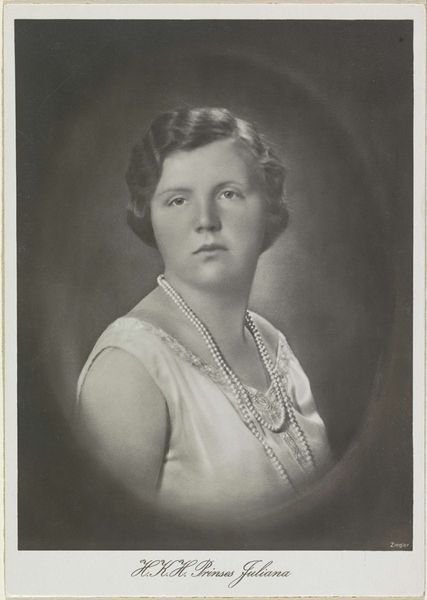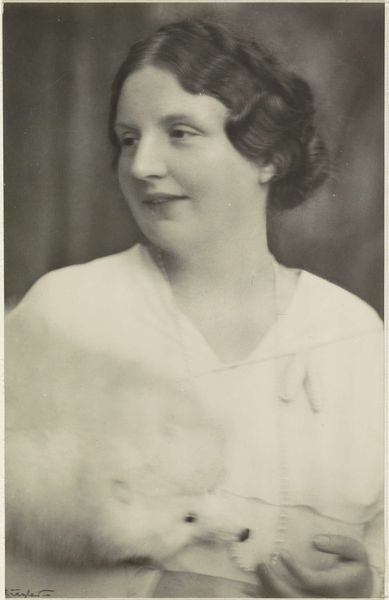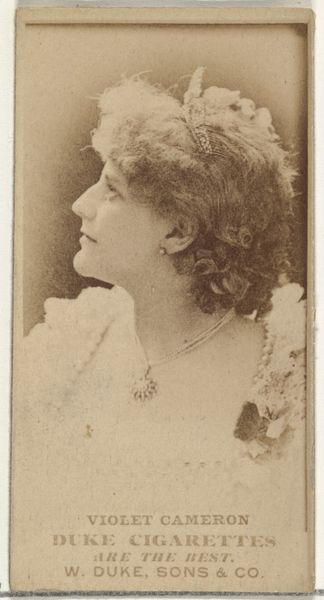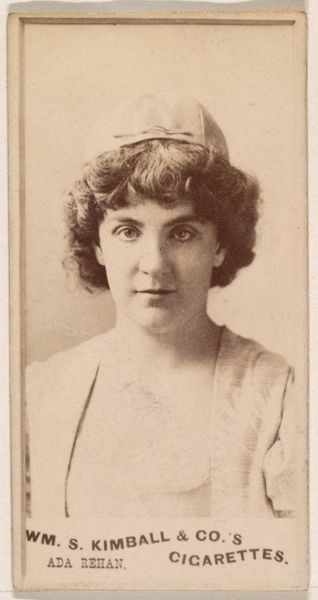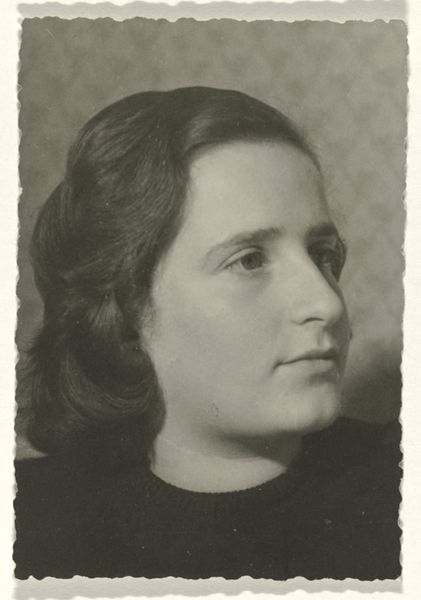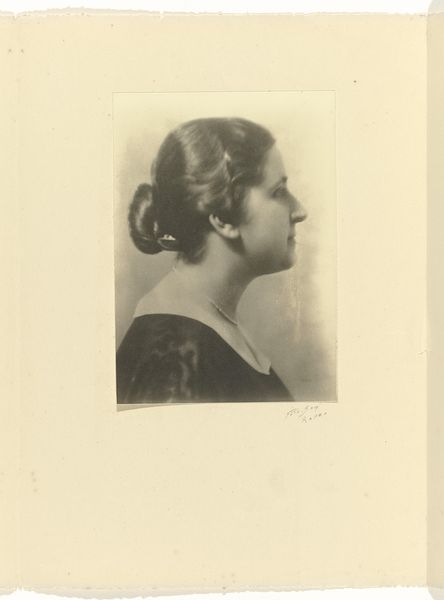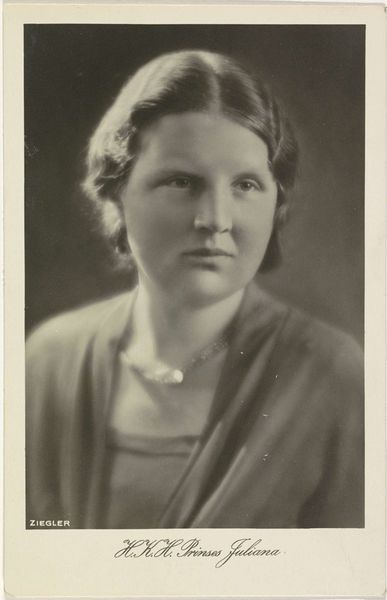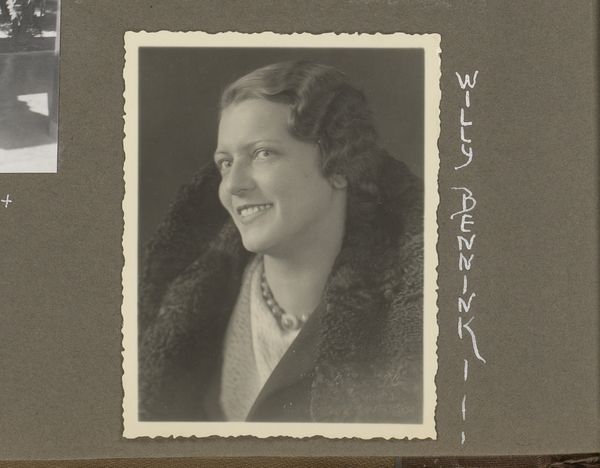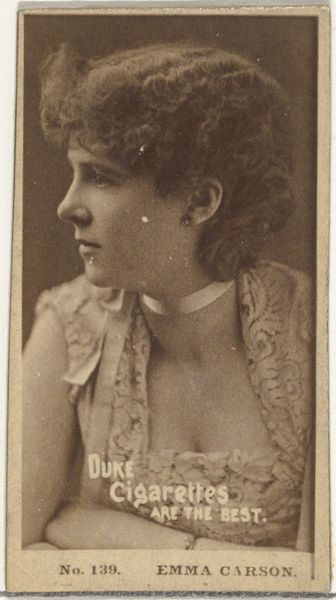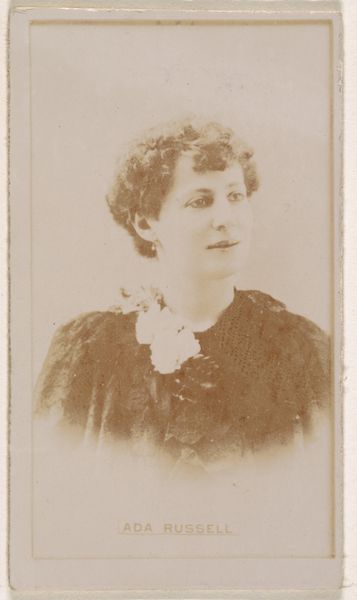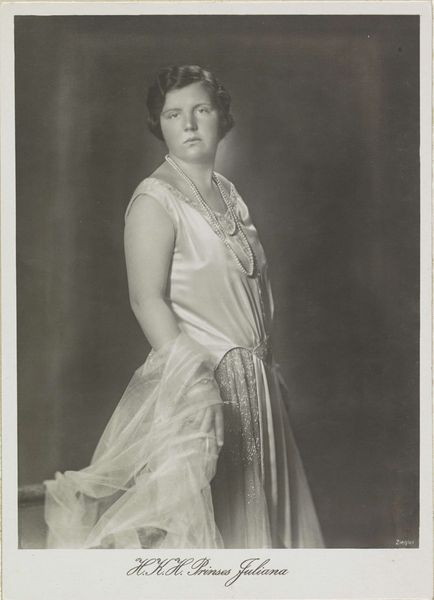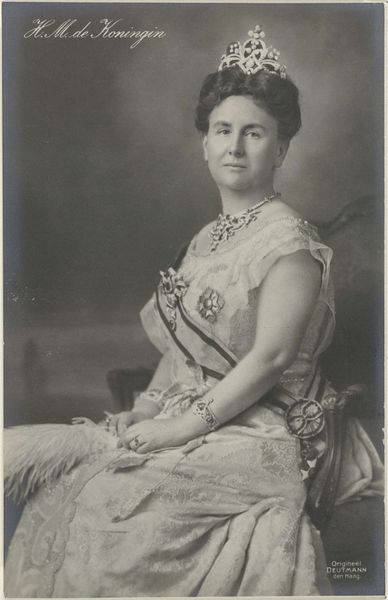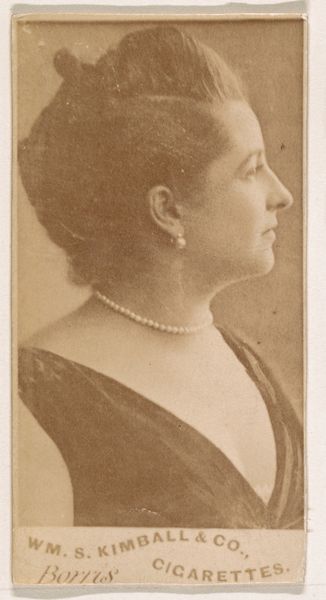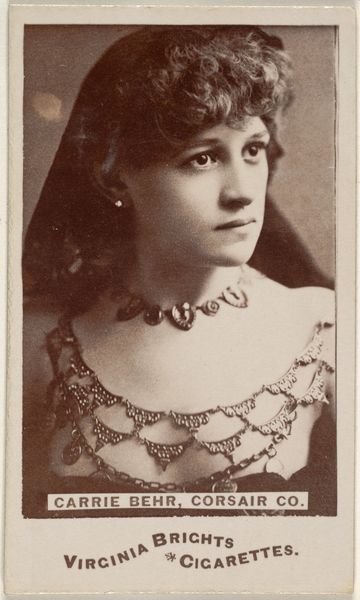
Elsa Laura Von Wolzogen (1876-1945), Deutsche Musikerin. Fotografie, Universitätsbibliothek Trier, Signatur Z13842b-1912. 1912
0:00
0:00
photography
#
portrait
#
art-nouveau
#
portrait
#
photography
#
intimism
#
black and white
#
single portrait
Copyright: Public domain
Editor: This photograph, "Elsa Laura Von Wolzogen" by Nicola Perscheid, was taken in 1912. The image is a stunning portrait. I'm immediately struck by the soft, almost dreamlike quality. What do you see in this work that helps place it within its historical moment? Curator: It's fascinating how Perscheid captures Von Wolzogen. The soft focus and delicate tonal range definitely align with Pictorialism, a movement gaining prominence in the late 19th and early 20th centuries. Pictorialism aimed to elevate photography to the status of fine art, and the visual language borrows significantly from painting and printmaking of the time. How do you think the subject's own profession as a musician impacts the reception of this image? Editor: That's interesting, because the artistic elements and the fact that she is a musician add so much. Perhaps it suggests something about the perceived cultural value of artists during that era. Were portrait commissions like this common, and did they play a role in shaping public perception? Curator: Absolutely. Portrait photography, especially of prominent figures like Von Wolzogen, circulated widely in periodicals and galleries. These images helped to construct and reinforce social hierarchies, dictating how the public perceived these personalities. It also reveals shifting attitudes towards female musicians. This photograph presents a delicate intimacy while simultaneously showcasing Von Wolzogen's status. Does that tension register for you? Editor: Yes, I see that now. It is both intimate and carefully constructed to elevate her, reflecting the changing, but still complex, role of women in the arts. Curator: Precisely! Analyzing such images gives us a nuanced understanding of not just art history, but cultural history more broadly. Editor: I agree. Looking at art through that social lens really changes my understanding and makes me appreciate it even more.
Comments
No comments
Be the first to comment and join the conversation on the ultimate creative platform.
